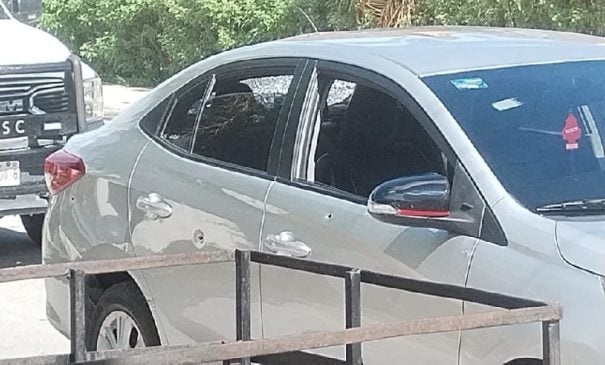Cancun, Q.R. — The SICT reports it has concluded work with the Top Down team on the construction of the Nichupté Bridge. The innovative construction system allowed for drilling, scoring, foundations and overhead pouring of the bridge with the least environmental impact.
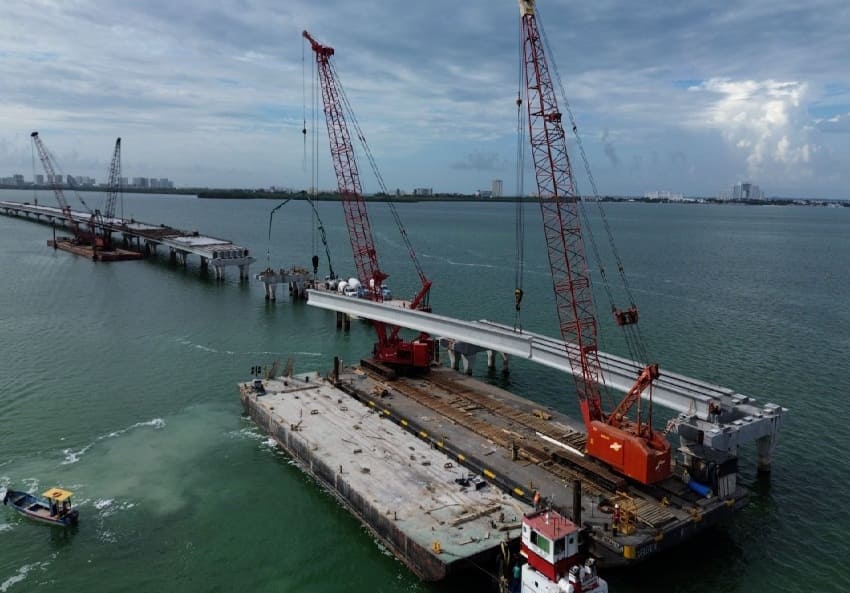
The Secretariat of Infrastructure, Communications and Transportation (SICT) says they have finished work using the innovative Top Down engineering system used in the construction of the Cancun lagoon bridge.
Guido Mendiburu Solís, the Secretaría de Infraestructura, Comunicaciones y Transportes (SICT) for the Cancun Project Centre, stated that the system was designed to be used solely for the construction of the bridge.
It is the first time it’s been used in Mexico and the second time in Latin America. He says now that they are finished with it, it is currently being dismantled, which will take about six weeks.
Once dismantled, he says it will then be moved to the construction company’s facilities for safekeeping.
Another bridge project nearing completion is the metal arch that spans over a section of the lagoon. Solis says the 103-meter-long metal arch is 88 percent finished. He explained that the red arch has been designed to span an underwater cavern that is more than 80 meters deep and 70 meters in diameter.
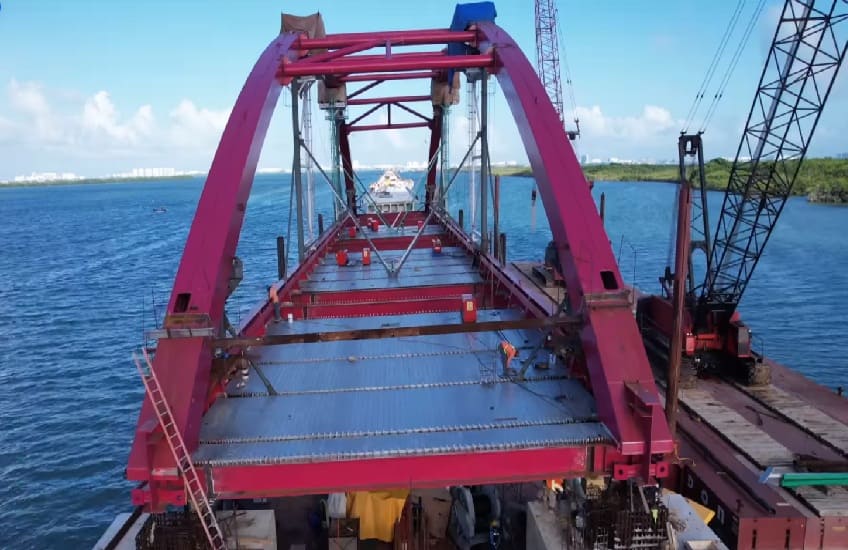
He said building of the arch required various studies including surveys, an underwater camera, sonar and electrical resistivity to determine the dimensions of the cavern.
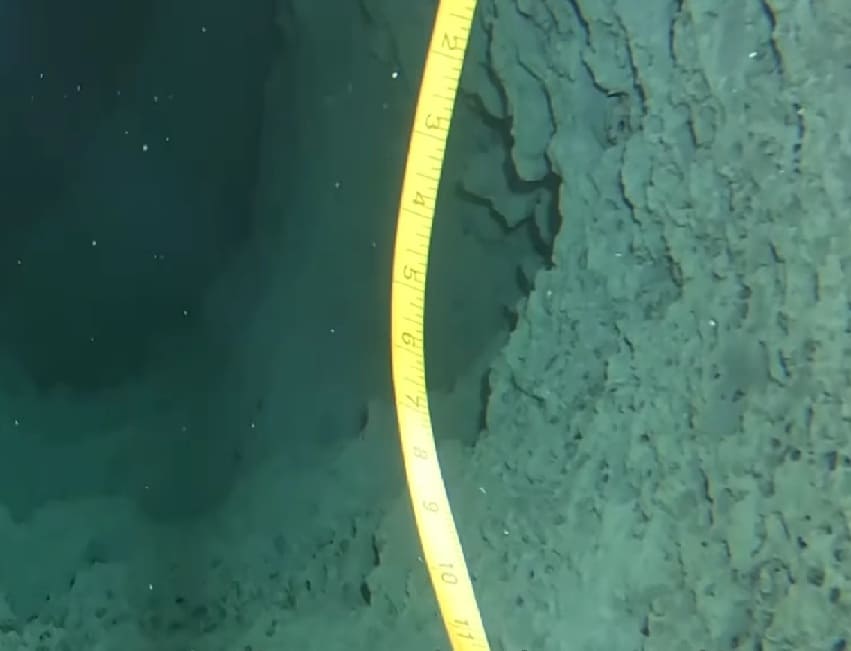
Once finished, the Nichupté Vehicular Bridge will have a total length of 11.2 kilometers of which 8.8 kilometers are over the Nichupté Lagoon.
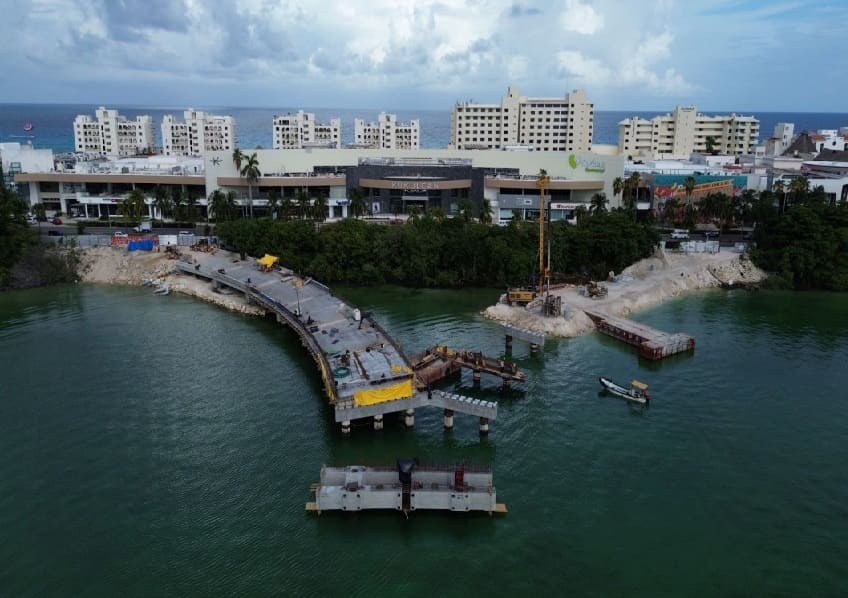
The bridge will have two interchanges connecting with Luis Donaldo Colosio Boulevard and Kukulcán Boulevard and three traffic lanes, one in each direction and one reversible that will operate according to the vehicular flow between the city of Cancun and the hotel zone.
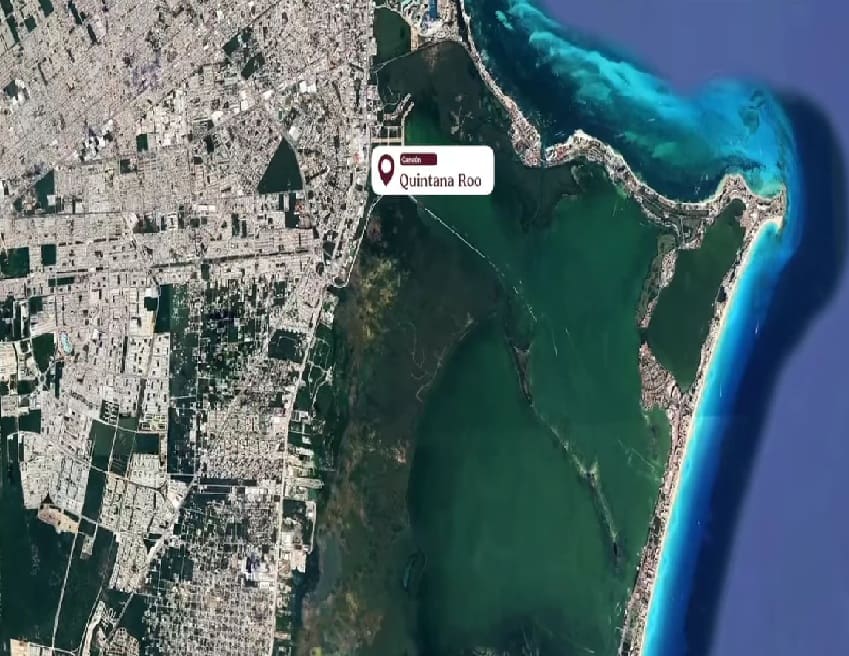
The finished bridge will benefit more than 911,000 residents and has created more than 10,300 direct jobs and 41,200 indirect jobs. It will also substantially improve the city’s mobility, saving travel times by up to 45 minutes, he added.

